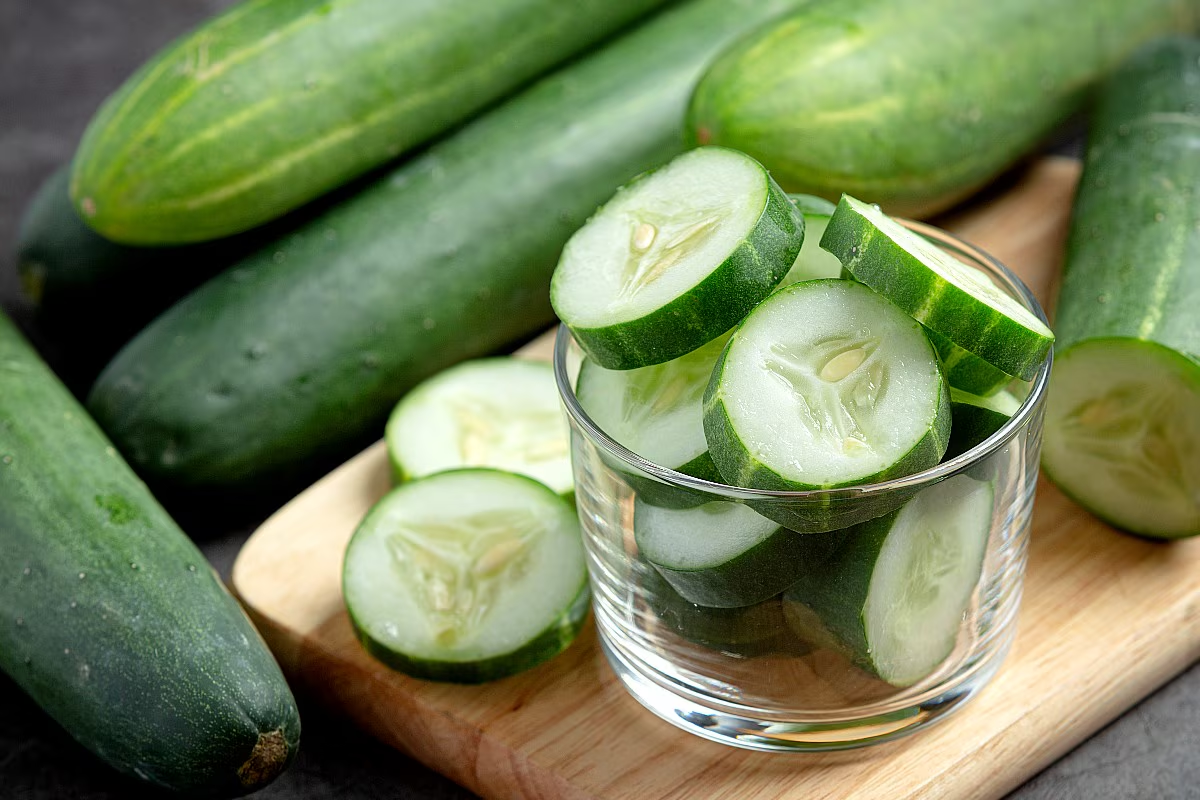Both white and brown sugar sweeten your food but have distinct characteristics......Read The Full Article>>.....Read The Full Article>>
Sugar is a staple in many kitchens, used in everything from coffee to cookies. But have you ever wondered what makes white sugar different from brown sugar?
It’s not just about colour; there are several differences in taste, texture, and even how they are produced. Understanding these differences can help you choose the right type of sugar for your recipes and dietary needs.
White sugar, also known as granulated sugar, is the most common type of sugar. It is highly refined, meaning it has been processed to remove all the molasses.
This process involves extracting juice from sugar cane or sugar beets, then filtering and crystallising it to produce the familiar white crystals.
White sugar is used widely in baking and cooking because it dissolves easily and adds sweetness without altering the colour or texture of the dish.
Brown sugar is essentially white sugar with added molasses, which gives it its characteristic colour and flavour. There are two main types of brown sugar: light brown sugar and dark brown sugar.
Light brown sugar has a small amount of molasses, while dark brown sugar contains more molasses, giving it a richer flavour and darker colour. The molasses in brown sugar also makes it moister than white sugar, which can affect the texture of baked goods.
1. Flavour: White sugar has a neutral, sweet taste. Brown sugar has a deeper, caramel-like flavour due to the molasses.
2. Texture: White sugar is dry and granulated. Brown sugar is moist and can clump together because of the molasses.
3. Colour: White sugar is pure white. Brown sugar can range from light to dark brown, depending on the amount of molasses.
4. Usage in recipes: White sugar is commonly used in recipes where a light colour and neutral flavour are desired. Brown sugar is used in recipes where a richer flavour and darker colour are beneficial, such as in cookies, sauces, and marinades.
Nutritionally, there is little difference between white and brown sugar. Both types contain similar calories and carbohydrates. However, brown sugar contains small amounts of minerals like calcium, potassium, and iron due to the molasses. These differences are minor and do not make brown sugar a significantly healthier option than white sugar.
When it comes to baking, the type of sugar you use can impact the final product. White sugar helps create a light, airy texture in cakes and cookies.
Brown sugar adds moisture and can make baked goods chewier and denser. It’s important to note that while you can sometimes substitute one for the other, it can change the texture and flavour of the dish.
For instance, using brown sugar in place of white sugar in cookies will result in a chewier texture and a more caramel-like flavour.
To keep your sugars fresh, store white sugar in an airtight container in a cool, dry place. Brown sugar should also be stored in an airtight container to prevent it from hardening.
https://dailytrend.ng/dont-follow-erection-without-direction-go-natural-regularly-to-treat-weak-erection/





